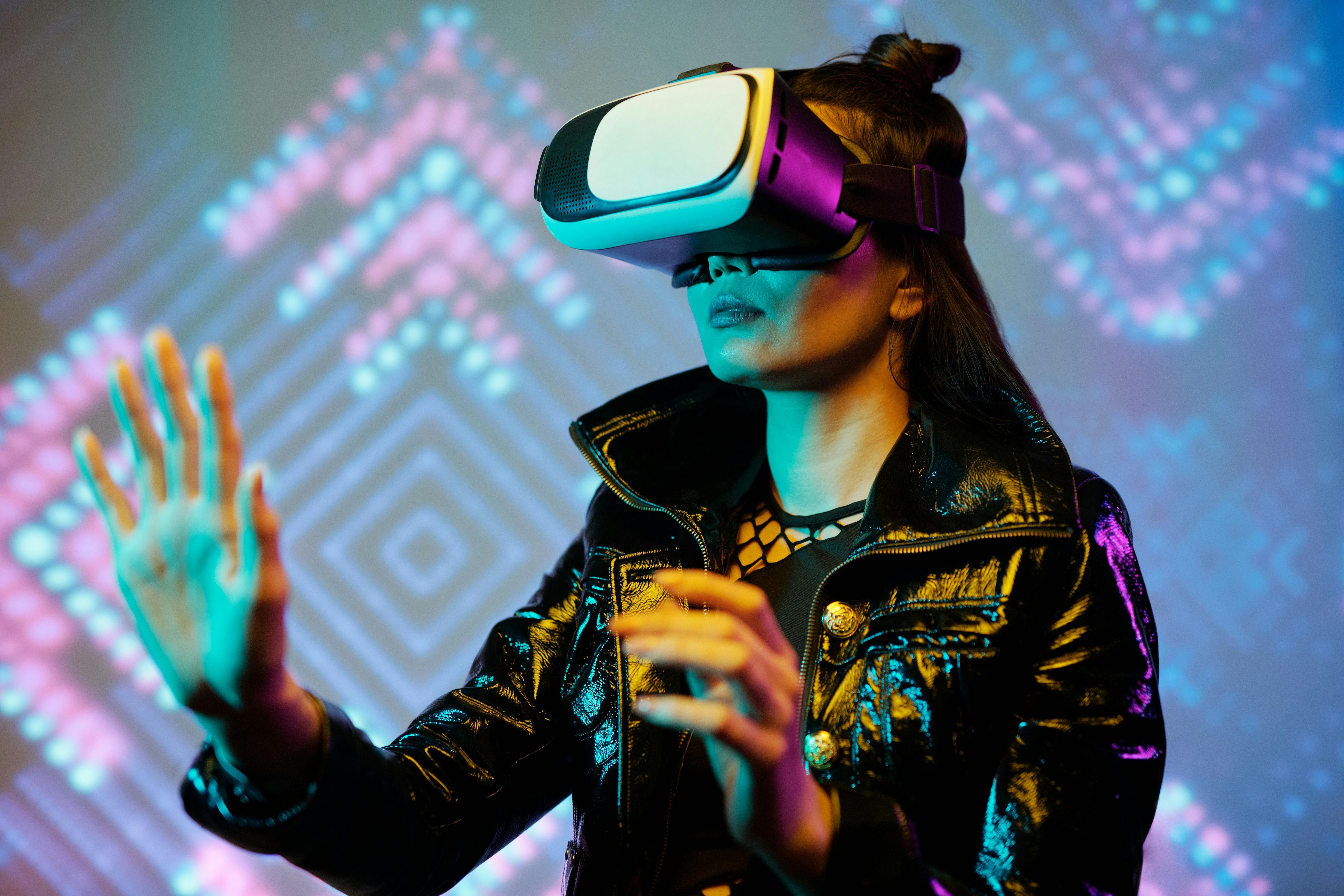Breaking New Ground: The Role of Virtual Reality in Modern Theatre
In a world marked by technological advancement, the traditional realm of theatre is being transformed. Virtual reality, once confined to the realms of gaming and tech conferences, is stepping onto the stage. This article delves into the creative collision of VR and theatre, their historical development, and their promising future.

The Past: A Brief History of VR and Theatre
Theatre, a form of artistic expression dating back to ancient Greece, has continually adapted to new technologies, from electric lighting to amplified sound. Virtual reality, on the other hand, is a relatively new invention. The term was coined in the 1980s by Jaron Lanier, who developed the first VR goggles and gloves. The concept, however, traces back to the 1960s with the Sensorama, a machine that offered a multi-sensory cinema experience.
The Present: VR on the Stage
Today, VR and theatre are intersecting in exciting ways. The Royal Shakespeare Company made headlines in 2016 with its groundbreaking production of “The Tempest,” which used motion capture technology to create a digital avatar of the spirit Ariel. In another instance, the National Theatre’s “Draw Me Close” used VR to create an immersive, intimate experience for the audience.
Significance: How VR is Changing Theatre
VR is transforming theatre in several ways. It offers new possibilities for scenic design, allowing for more immersive and fantastical environments. It also allows actors to transcend the limitations of their physical bodies. Most significantly, it transforms the audience’s experience, breaking down the fourth wall and allowing for more interactive and personal encounters.
Reception: Audience and Critics’ Response
The response to this innovation has generally been positive. Critics have praised the creative use of technology and the unique experiences it offers. Audiences, too, have embraced the novelty of VR theatre. However, some have voiced concerns about the accessibility and affordability of such performances, as well as the potential loss of the communal experience that traditional theatre offers.
Future Prospects: What’s Next for VR Theatre?
The future of VR theatre looks promising. With the technology becoming more affordable and accessible, more theatre companies are likely to experiment with it. In addition, with the ongoing pandemic limiting live performances, VR offers a new way to bring theatre to audiences. However, it also brings challenges, such as the need for new training methods for actors and technicians, and ethical considerations relating to audience immersion and interaction.
In conclusion, the integration of VR into theatre is a pioneering development in the arts and entertainment industry. It offers unprecedented opportunities for creative expression and audience engagement, while also posing new challenges. As this trend continues to evolve, it will be fascinating to watch how it shapes the future of theatre.






